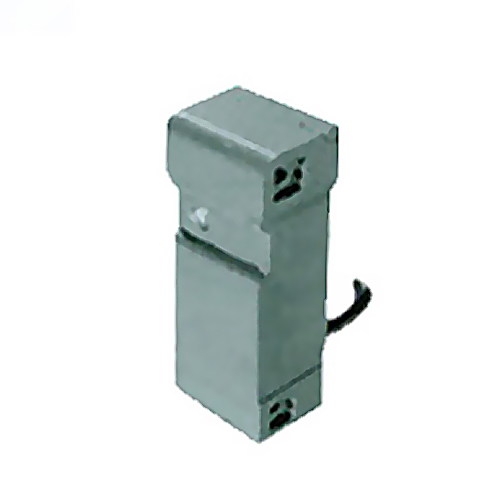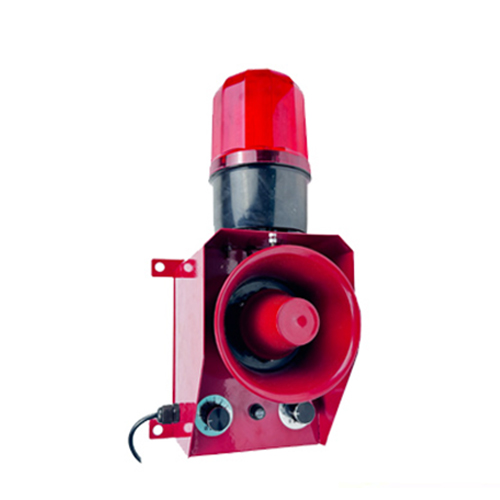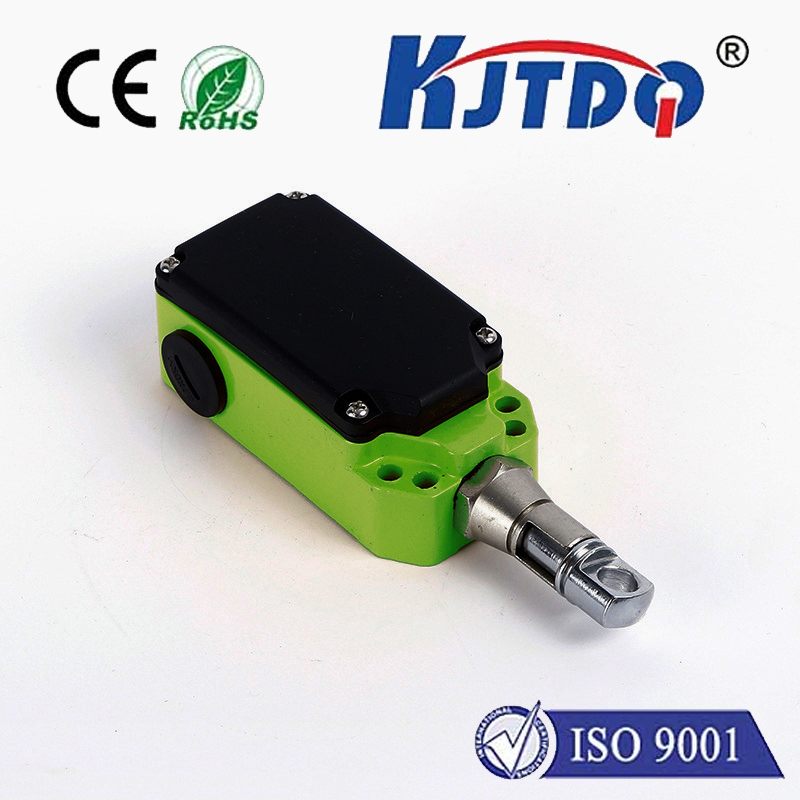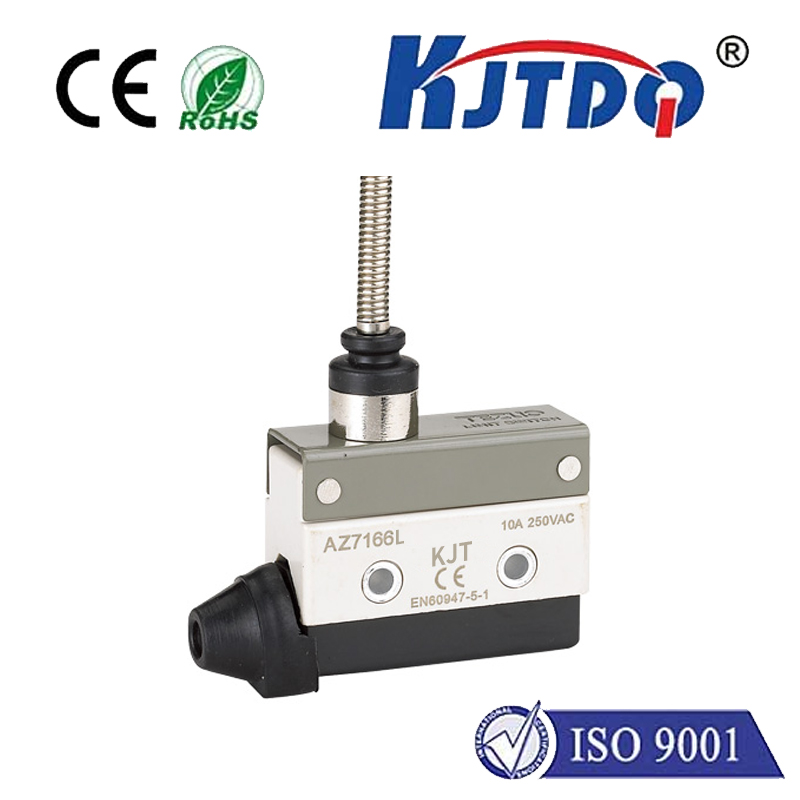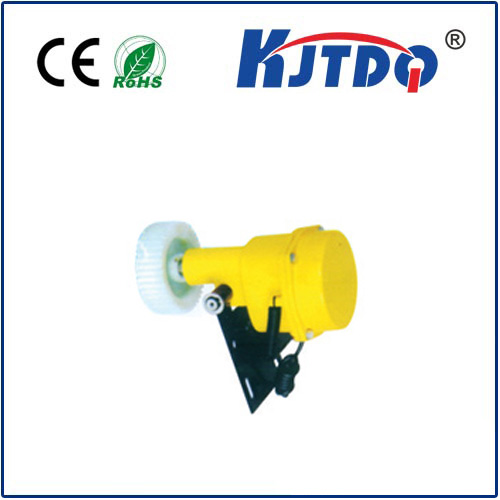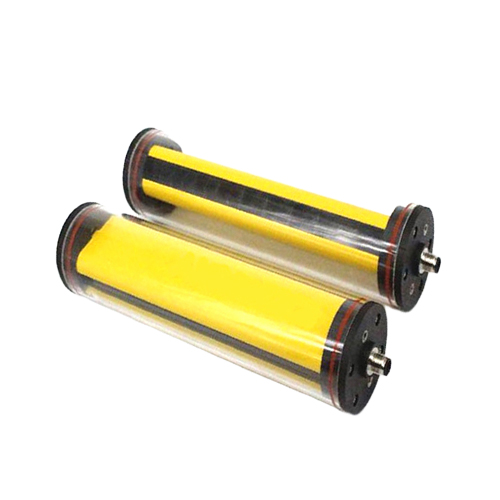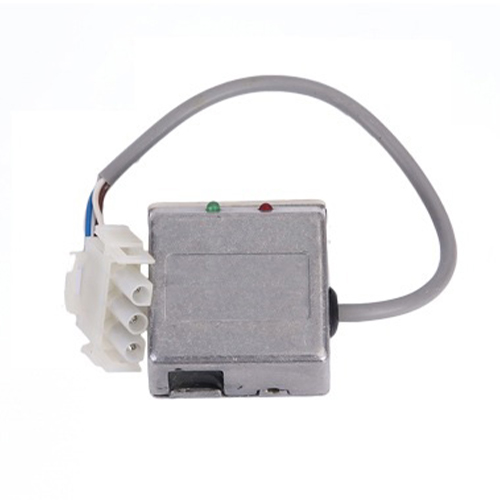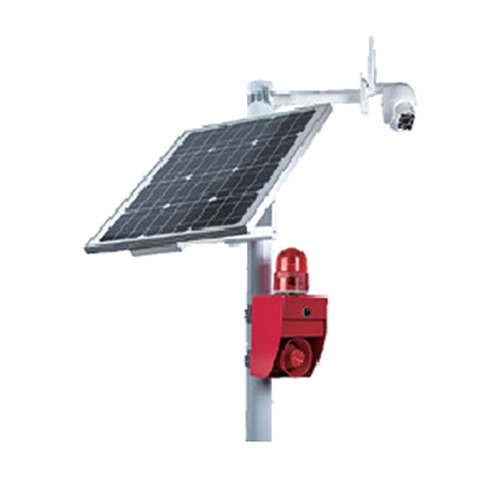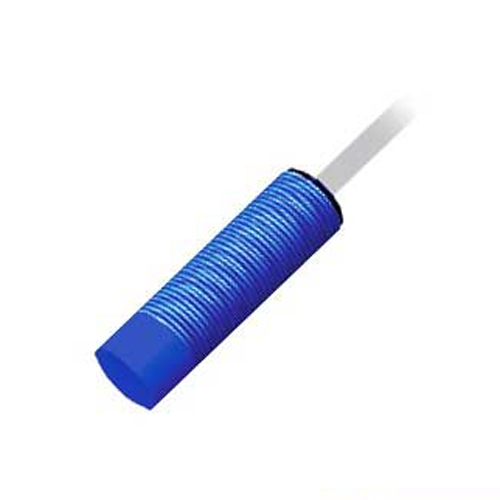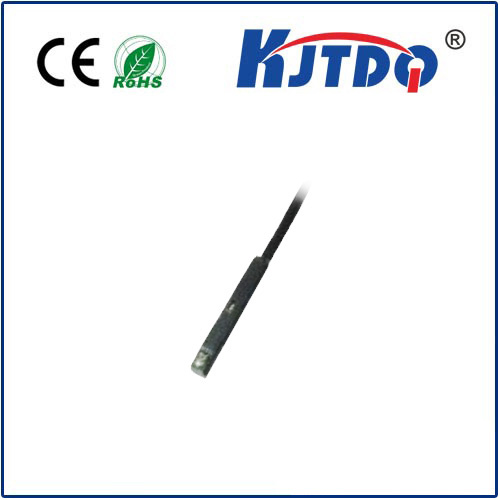reductant tank temperature sensor
- time:2025-08-22 02:37:14
- Click:0
The Unsung Guardian: How Your Reductant Tank Temperature Sensor Keeps Emissions Clean
Understanding “reductant tank temperature sensor” instantly points us to the heart of modern diesel emission control – the SCR system. For vehicle owners, fleet managers, and technicians, this seemingly small component is a crucial linchpin in meeting stringent environmental regulations, ensuring optimal engine performance, and preventing costly malfunctions. Its role is fundamental, yet often overlooked until something goes wrong.
Diesel engine exhaust, packed with nitrogen oxides (NOx), poses significant environmental and health challenges. To combat this, Selective Catalytic Reduction (SCR) systems became the industry standard. These systems rely on injecting a precisely measured amount of diesel exhaust fluid (DEF), commonly known as AdBlue or AUS 32, into the exhaust stream upstream of a catalyst. Inside the catalyst, a chemical reaction occurs where the DEF decomposes into ammonia (NH3), which then reacts with NOx to convert them into harmless nitrogen gas (N2) and water vapor (H2O).
The key to this entire process working efficiently lies with the DEF itself. DEF is a carefully formulated solution of 32.5% high-purity urea and 67.5% deionized water. Its chemical properties are heavily influenced by temperature:

- Freezing Point: DEF freezes at approximately -11°C (12°F). While systems have heaters to manage this, knowing the exact fluid temperature is critical for controlling the heating strategy.
- Decomposition Efficiency: The rate at which DEF breaks down into ammonia is highly temperature-dependent. If the fluid is too cold, decomposition is slow and incomplete, leading to inadequate NOx reduction and potential ammonia slip (unreacted ammonia exiting the tailpipe). If it’s excessively hot (above certain thresholds), urea can degrade prematurely, forming deposits.
- Optimal Spraying Conditions: For precise injection and effective atomization by the SCR dosing module, the DEF needs to be within a specific viscosity range, which is directly controlled by temperature.
This is where the reductant tank temperature sensor becomes indispensable. Situated directly on or inside the DEF tank, this sensor continuously monitors the real-time temperature of the fluid mass. It’s far more than a simple thermometer; it’s a primary input for the vehicle’s Engine Control Module (ECM) or dedicated SCR control unit. This temperature data feeds into complex algorithms that govern several critical functions:
- Heater Control: The most critical function. When temperatures drop near or below freezing, the sensor signals the ECM to activate tank heaters and/or line heaters. It ensures heaters operate only when necessary and turn off once the fluid reaches a safe liquid state, optimizing energy use and preventing overheating damage.
- Dosing Strategy Calculation: The ECM uses the DEF temperature data to calculate the optimal DEF injection rate and timing. Colder DEF requires adjustments to ensure enough ammonia is generated for the SCR reaction, potentially involving longer injection durations or altered timing. Ignoring temperature would lead to inaccurate dosing.
- System Diagnostics & Protection: The sensor helps the ECM detect abnormal conditions like excessively high temperatures (indicating potential heater faults or environmental extremes) or persistently low temperatures despite heater operation. This data triggers diagnostic trouble codes (DTCs) like P204F, P205F, or manufacturer-specific codes, alerting the operator to potential problems. Crucially, if DEF is frozen and heating fails, the system may inhibit DEF dosing altogether to prevent damage to the dosing pump or injector, often accompanied by engine derating to limit NOx output and encourage immediate repair.
- Optimizing DEF Thawing: After cold starts, the sensor provides feedback on how quickly the DEF is thawing, allowing the control module to manage heater cycles effectively.
A malfunctioning reductant tank temperature sensor is more than an inconvenience; it can cascade into significant issues:
- Erratic Heater Operation: A faulty sensor sending a falsely low signal could cause heaters to run constantly, wasting energy and potentially overheating the DEF, leading to urea crystallization and clogged lines/injectors. Conversely, a sensor stuck reading high could prevent heaters from activating when needed, allowing DEF to freeze and dosing to halt.
- Inaccurate Dosing: Incorrect temperature data sent to the ECM results in mis-calculated DEF injection quantities. Too little DEF means inadequate NOx reduction and potential regulatory non-compliance. Too much DEF can lead to ammonia slip, an environmental pollutant in itself, and potentially crystallization deposits in the exhaust system.
- System Shutdowns and Derates: Persistent faults detected by the ECM, often stemming from implausible temperature readings, will trigger warning lamps (e.g., Malfunction Indicator Lamp, SCR system warning) and can force the ECM to initiate engine power reduction (derate) to minimize NOx output until the fault is rectified. This impacts vehicle drivability and productivity.
- Reduced Catalyst Efficiency: Inefficient DEF dosing due to bad temperature data directly translates to poor SCR catalyst performance and higher emissions.
Common failure modes include:
- Open/Short Circuits: Wiring harness damage, corrosion, or internal sensor failures.
- “Stuck” Readings: The sensor output signal fails to change with temperature (e.g., always reads -40°C or +100°C).
- Drifting Accuracy: The sensor reads inaccurately, outside its specified tolerance range, giving a distorted picture of the actual DEF temperature.
- Physical Damage: Impact or environmental corrosion.
Preventive Maintenance and Addressing Issues: While the sensor itself isn’t a routine service item, awareness is key. Be attentive to dashboard warnings related to the SCR system, DEF tank, or emissions. Diagnostic trouble code scanning using appropriate tools is essential when issues arise. Common troubleshooting involves:
- Verifying DEF level and quality.
- Visually inspecting the sensor and wiring harness for damage.
- Checking sensor resistance or voltage output against manufacturer specifications and known temperature conditions.
- Scanning live data to see if the reported temperature reading reacts plausibly as ambient conditions change or heaters cycle. A reading that doesn’t change or seems wildly inaccurate is a strong indicator of failure.
Replacing a faulty reductant tank temperature sensor is typically straightforward, but always use OEM or high-quality equivalents specified for your vehicle. Given its integration into complex emissions control strategy, poor-quality or incorrect sensors can lead to persistent issues.
Looking ahead, sensor reliability and accuracy remain paramount. Future developments might include enhanced diagnostics integrated directly into sensor electronics or designs even more resilient to the challenging chemical and thermal environment inside the DEF tank.
The reductant tank temperature sensor is a perfect example of a small component with an outsized impact. By diligently monitoring the thermal state of the crucial DEF fluid, it enables the entire SCR system to function optimally – reducing harmful emissions effectively, protecting expensive downstream components, ensuring compliance, and keeping engines running smoothly. It’s a silent watchdog, safeguarding both environmental goals and operational efficiency one precise temperature reading at a time.






